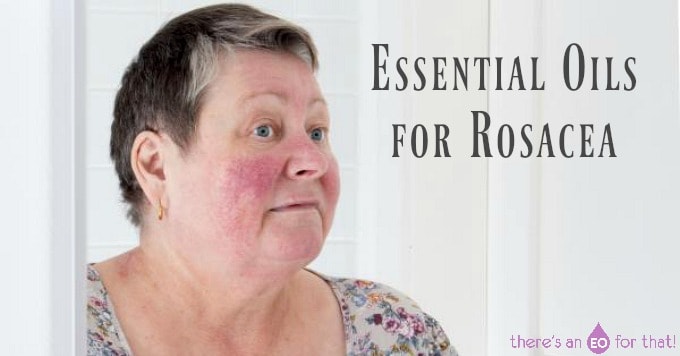
If you struggle with rosacea, you may have heard of the potential benefits of using essential oils for rosacea, and with good reason! Essential oils can be beneficial for managing rosacea due to their anti-inflammatory, anti-bacterial, and soothing properties.
In fact, many essential oils have calming and balancing effects on the skin, which can help to soothe irritation and promote healing. Using essential oils for rosacea can also be a natural and gentle alternative to conventional treatments, which can sometimes have harsh side effects.
What is Rosacea?
Rosacea is an inflammatory skin condition that is often mistaken for acne and is, in some regards, quite similar to how it looks.
However, rosacea is a permanent condition that seldom affects those under 30 (though this is rapidly changing), flares on the cheeks and nose area, and can even be caused by a microscopic mite known as Demodex. The affected areas can look red and splotchy with pimple-like lesions.
On the other hand, Acne is caused by internal imbalances that encourage the skin to produce excess sebum. This abundant food source sustains and spreads the acne vulgaris bacteria, causing redness, sluggish cellular turnover, blackheads, whiteheads, and blemishes of varying degrees to develop.
So, while rosacea and acne can LOOK the same, it is there that the similarities end.
Common Rosacea Symptoms
The symptoms of rosacea can vary from person to person, but some common signs and symptoms include the following:
- Facial redness - This is often the most noticeable symptom of rosacea. It can be triggered by various factors, such as heat, cold, sunlight, stress, increased blood circulation, or certain foods or beverages.
- Flushing or blushing - People with rosacea may experience sudden episodes of flushing or blushing, especially in the center of the face, chin, and forehead.
- Bumps or pimples - Rosacea can also cause small, red bumps or pimples to appear on the face, often resembling acne.
- Thickened skin - In some cases, rosacea can cause the skin on the nose and cheeks to thicken and become bumpy or bulbous.
- Eye irritation - Approximately half of people with rosacea also experience eye problems, such as dryness, itching, burning, or redness.
- Visible blood vessels - Over time, rosacea can cause small blood vessels on the face to become visible (broken capillaries), giving the skin a red or flushed appearance.
What Triggers a Rosacea Flare-up?
A variety of factors can trigger rosacea flare-ups, and these triggers can vary from person to person. Some common triggers of rosacea flare-ups include:
- Sun exposure - Exposure to sunlight, especially for extended periods, can trigger rosacea flare-ups in some people.
- Heat - Hot weather, hot baths or showers, and even exercise can cause rosacea to flare up.
- Spicy foods - Certain spicy foods (even ginger) can trigger rosacea flare-ups, especially if you already have sensitive skin.
- Alcohol - Alcohol, especially red wine, and beer, can trigger rosacea flare-ups in some people.
- Emotional stress - Stress and anxiety can trigger rosacea flare-ups, which may be partly due to the release of stress hormones.
- Skincare products - Some skincare products, such as those containing alcohol or harsh chemicals, can irritate the skin and trigger rosacea flare-ups.
- Medications - Certain medications, such as blood pressure medications and topical steroids, can trigger or worsen rosacea symptoms.
As you can see, rosacea can be distressing to deal with.
So how do we treat rosacea naturally and effectively?
Today, I want to go over the best essential oils for rosacea and how to use them!
For a more holistic approach, be sure to check out my more thorough article on how to heal rosacea naturally here.
Unsurprisingly, the treatment for rosacea when using essential oils is almost the same as that for acne, except that the essential oils used will differ.
What is The Best Essential Oil for Rosacea?
Many essential oils, such as chamomile, frankincense, lavender, and tea tree oil, have natural anti-inflammatory properties that can help to reduce redness, swelling, and inflammation associated with rosacea.
Other EOs, such as tea tree oil and eucalyptus oil, have antibacterial properties that can help to fight off the bacteria that can worsen rosacea symptoms.
Essential oils like lavender and chamomile have calming and soothing properties that can help to reduce skin irritation and promote healing.
So which ones are the best?
The best essential oils for rosacea include:
• Bergamot (FCF) – helps balance uneven skin tone, dullness, and oiliness
• Cypress – an astringent essential oil that helps reduce redness and inflammation
• Eucalyptus radiata – helps fight minor infections that may be associated with the blemish-type lesions of rosacea
• Geranium – anti-inflammatory and helps stimulate lymphatic drainage through the skin. It also helps regulate sebum production
• German chamomile – repairs damaged skin and encourages the development of new skin cells. Calming and soothing to the skin
• Helichrysum – Helps regenerate the skin while soothing redness and inflammation. It also kills the Demodex mite (one of the best essential oils for rosacea on face)
• Ho wood – cooling on contact and alleviates redness and inflammation while stimulating healing
• Juniper berry – promotes a clear and healthy complexion
• Lavender – alleviates the pain and inflammation associated with rosacea and other forms of dermatitis
• Manuka – antibacterial and anti-inflammatory in nature. It helps kill Demodex mites which are believed to be the possible cause of some forms of rosacea (another one of the best essential oils for rosacea skin)
• Patchouli – effectively treats many forms of dermatitis
• Roman chamomile – anti-inflammatory and helps stimulate lymphatic drainage in the skin. It also strengthens weakened capillaries
• Rosemary essential oil – a superior disinfectant that helps protect the skin
These oils are known to be anti-bacterial, anti-inflammatory, healing, and balancing for the skin.
How to Use Essential Oils for Rosacea
Below is a four-week protocol that should drastically help alleviate the symptoms of rosacea.
However, always remember that the problems that manifest on the outside often stem from a root cause on the inside.
I encourage you to make the appropriate lifestyle changes like following a healthy diet, sleep, and exercise routine coupled by using all-natural ingredients in your skincare regime.
Make an effort to eliminate the stressors in your life and instead try to focus on more self-care.
It will make a huge difference, and flares will come less and less often in less and less severity.
So, without further ado, let’s get into the best essential oils for rosacea!
Essential Oil Protocol for Healing Rosacea Naturally
The following natural remedies will take time to see results. So long as your skin is reacting well, continue the protocol below until symptoms are under control.
You can keep using the serums as desired to maintain clarity.
Part One
The first stage of treatment aims to promote gentle healing and reduce redness and inflammation of the skin.
This period should last for two weeks.
First, it is important to gently cleanse the skin (use whatever your skin tolerates the most) and tone it morning and night.
I like to use rosewater for toning and reducing redness and inflammation, but you can also use thyme hydrosol or diluted raw apple cider vinegar. You can make diluted ACV by mixing 3TB of water with ¼-½ teaspoon of raw apple cider vinegar.
After cleansing, you will want to apply an essential oil infused day-time facial serum.
Day-time Serum Recipe
This is my favorite essential oil blend for rosacea.
• One empty 5ml essential oil bottle
• 30 drops manuka essential oil or tea tree essential oil
• 45 drops German chamomile essential oil
Add the essential oils to the 5ml essential oil bottle and roll between your palms to mix.
To make the serum, add 12 drops of this mixture for every 1oz of carrier oil. Add 1 drop helichrysum to add some extra healing properties.
The best carrier oils for rosacea include:
• Jojoba oil – the closest “oil” to our own skin’s natural sebum. Tolerated well by most skin types
• Apricot kernel oil – a light oil that is well tolerated by most skin types
• Tamanu oil – this oil is also excellent for treating scarring
Rosehip seed oil - well tolerated by most skin types and very soothing without feeling heavy.
To Use
Every morning for two weeks, gently cleanse the skin and tone it. While the skin is still damp, apply a few small drops of the above day-time serum recipe to the skin.
Allow the serum to soak in for a few minutes before dabbing away any excess. If possible, it is best to avoid using cosmetics and other skin care products during treatment.
Nigh-time Serum Recipe
• One 5ml essential oil bottle
• 15 drops German chamomile essential oil
• 15 drops ho wood essential oil – delightfully cooling and soothing to the skin, can sub with rosewood essential oil
• 30 drops lavender essential oil
Add the essential oils to the 5ml essential oil bottle and roll between your palms to mix.
To make the night-time serum, add 12-18 drops of the above mixture to every 1oz of carrier oil (like argan oil, rosehip oil, or jojoba oil).
To Use
Cleanse and tone the skin and apply a few small drops of night-time serum to damp skin.
Part Two
For the following two weeks after stage one, you will use a few different essential oils to help rebalance the skin.
Continue to cleanse and tone the skin morning and night gently, then start using the new day and night serums below.
Part Two Day-time Serum Recipe
• One 5ml essential oil bottle
• 15 drops Roman chamomile essential oil
• 15 drops geranium essential oil
• 15 drops patchouli essential oil or juniper berry essential oil
Add the essential oils to the 5ml essential oil bottle and roll between your palms to mix
Add 6-18 drops of this mixture to every 1oz of carrier oil.
To Use
Apply a few small drops of part two day-time serum to damp skin after cleansing and toning.
Part Two Night-time Serum Recipe
• One 5ml essential oil bottle
• 15 drops cypress essential oil
• 15 drops Roman chamomile essential oil
• 45 drops eucalyptus radiata essential oil
To make the part two night-time serum, add 6-18 drops of this mixture to every 1oz of carrier oil.
Once the complete four-week protocol is finished, you may repeat the routine as needed.
Frequently Asked Questions About Essential Oil for Rosacea
What essential oil is good for rosacea?
The best essential oils for rosacea include:
- Chamomile oil - Chamomile oil has natural anti-inflammatory properties and can help to soothe and calm irritated skin.
- Lavender oil - Lavender oil is known for its calming and soothing properties and may help to reduce redness and inflammation associated with rosacea.
- Tea tree oil - Tea tree oil has natural antibacterial properties and may help to fight off the bacteria that can worsen rosacea symptoms.
- Geranium oil - Geranium oil has anti-inflammatory properties and may help to reduce redness and irritation associated with rosacea.
- Helichrysum – Helps regenerate the skin while soothing redness and inflammation. It also kills the Demodex mite.
- Manuka – antibacterial and anti-inflammatory in nature. It helps kill Demodex mites, believed to be the possible cause of some forms of rosacea.
Which face oil is good for rosacea?
The best carrier oils for rosacea include:
- Jojoba oil - Jojoba oil is non-comedogenic and has anti-inflammatory properties that can help to soothe and calm irritated skin.
- Rosehip oil - Rosehip oil is rich in antioxidants and has anti-inflammatory properties that can help to improve the texture and appearance of skin affected by rosacea.
- Argan oil - Argan oil is non-comedogenic and has anti-inflammatory properties that can help to reduce redness and inflammation associated with rosacea.
- Evening primrose oil - Evening primrose oil is high in gamma-linolenic acid (GLA), which has anti-inflammatory properties that can help to soothe and calm irritated skin.
- Hemp seed oil - Hemp seed oil is non-comedogenic (rating of 0) and has anti-inflammatory properties that can help to reduce redness and inflammation associated with rosacea.
These oils are light and soothing.
What essential oil reduces redness on face?
Helichrysum and geranium essential oil are the best for reducing redness caused by rosacea.
What clears rosacea fast?
The best way to clear up rosacea as quickly as possible is to avoid triggers, use the proper skincare for your unique situation, and speak with a naturopath or conventional healthcare provider to eliminate potential underlying causes.
Essential oils can drastically improve symptoms of rosacea, but they will not be able to cure it.
Is frankincense good for rosacea?
Yes, frankincense essential oil is a fantastic oil to use for managing rosacea symptoms. It helps reduce inflammation and soothes red and irritated skin.
Have you ever used essential oils for rosacea? Which ones worked best for you? Please share them in the comments below!
You may also enjoy reading:
Essential Oils for Specific Skin Types
Essential Oils for Poison Ivy + 3 Healing Recipes!
How to do a Skin Patch Test with Essential Oils
How to Treat Rosacea Naturally

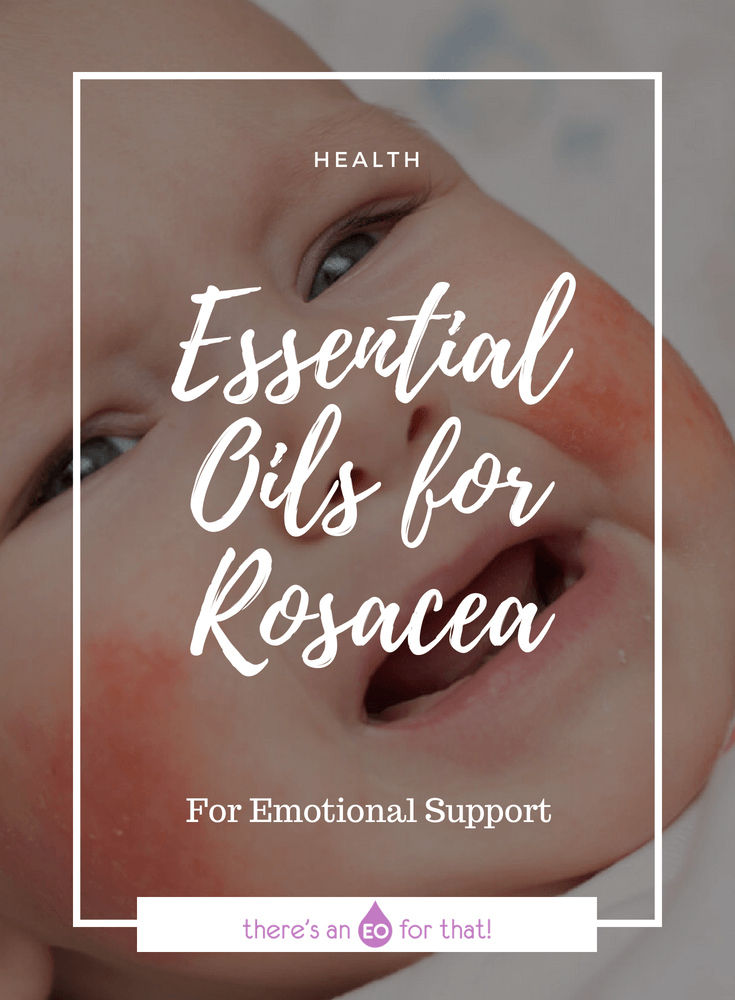
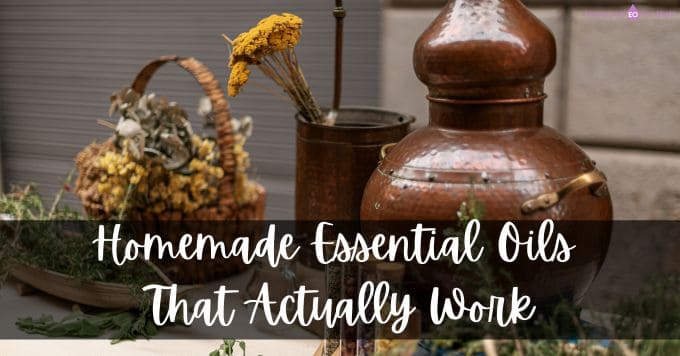
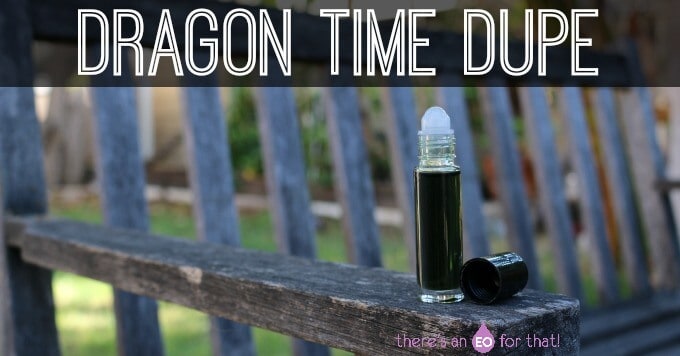
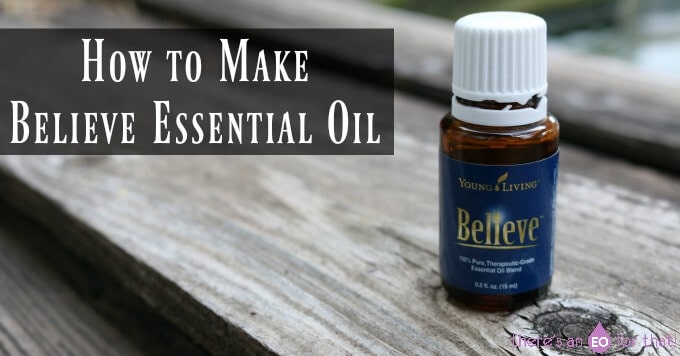
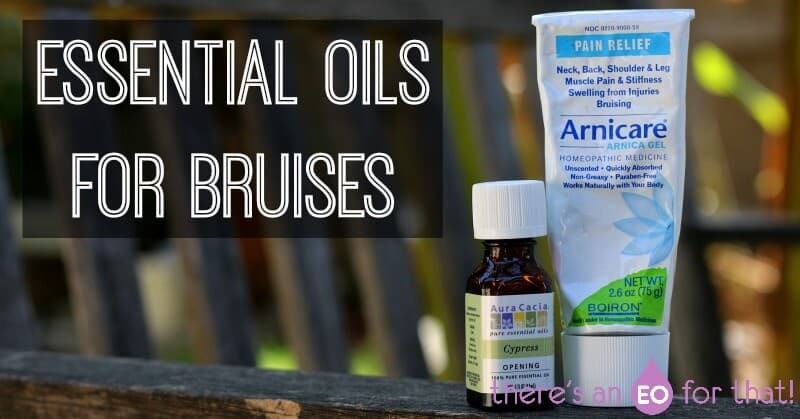
domi says
HI! please could you be kind to tell me which are the best carrier oils for rosacea? rosehip? jojoba? grapeseed? pomegranate? olive oil?
Tash says
It depends on what YOUR unique skin tolerates. I would use whichever carrier oil your skin likes best. Typically, most people tolerate rosehip oil well.
Sandy says
Hi Lin, I would also appreciate if you could provide me with the details and clarification of the abbreviations that you listed. I’ve had rosacea for over 20 years. My dermatologist gave me prescriptions for Metronidazole Lotion (over $200.00 for 2 oz.) and Doxycycline for when I have flareups. I’m sick of this. It’s so embarrassing that I try to avoid social functions as much as I can and I’m sick of my face always burning. The Doxycycline nauseates me and the lotion alone doesn’t help. Thanks.
Liz says
also had negative experiences w. Dr's prescribed medication. The cost is high + they do NOT heal most of the time. DIY healing will take time as each skin is different, but once the trial process is done it is sooo worth it. I find it best to start with one EO, if all is good, add a second + so on. ALSO, just ried this paste to relief itch + redness. Make a paste from organic oat flour so you have about 2 TBLsp, then add 2 drops of lavender EO, 1 of tea tree, 2 of German chamomile. Twice a day. Each morning the red skin area shrinks, it is super. Again, try one EO first + see how your skin likes it. Keep paste in fridge + apply cool. :o)
Glenda says
Hi Lin,
Can you also please email me with the regimen that worked for you as well. I have had this disease for 30 yrs now and I'm forever battling flare ups. I'm willing to try one more. Its also in my eyes now.
Becca says
I’ve had what I believe to be rosacea for several years, but have been unsuccessful in completely eliminating it. I would very much like to have more specific info regarding the treatment described above. Thanks for sharing
Tash says
Hi Becca!
Check out this post 🙂
Teri Lynn says
why do you recommend doing two different types of treatments for two weeks each? And why do you need a different serum in morning and evening? My mother-in-law has rosacea and she just asked me if I had any ideas for her rosacea. I use essential oils for my family, and I have started making salves and creams. I'm researching now to try to figure out the best cream to make her. I'm happy to make two different creams or roller bottles, but four is a bit much, so I'm wondering what you would recommend. Could I just put all those EO's together in one moisturizing salve?
Tash says
The regimen is for creating specific time frames for specific types of healing. You can certainly skip making four different creams 🙂 Going with two will be just fine, and yes, you can add the other oils to your recipe. Best of luck!
Lin B. says
Hi Tash,
Demodex is the cause of Rosacea, always! I got it after a horrible flu in 2016 and battled it for 18 months. I used Black Africa soap, mustard showers, yes, you heard me right, mustard, and TTO with many other EO's. Mustard kills the mites. It is essential to kill off the mites inside the skin pores and hair follicles. I have done months of research on this disease and almost all acne is caused by an infestation of D. brevis and D. Folliculm mites in the skin of the face, eyes, nose, forehead, chin and sometimes over the entire body meaning a systemic problem. At this point I had to shower two times a day using mustard, BAS, TTO and most all the oils you mentions at one time or another. I also used Manuka honey on my face with TTO. It was all out war. One day in July 2018, it was just better. The crisis was over and I have now settled down with a regimen of zinc oxide salve, sulfur soaps and again, Black African soap for hair and body with shea butter cream as a moisturizer and coconut oil. It is a fight to the finish but many people don't do anything about it but cover the area with make-up and try to forget it but that doesn't work long term. Drs. don't want to treat it and pharmacy medications are very costly like $300 a tube of sulfur ointment. Ridiculous! It costs them $1.00 to make with some sulfur and petroleum gel. Sulfur is a very good treatment for Demodex. I know this is pretty jumbled but the last year and a half are a blur to me and I just have gotten better recently. If you want more information in a better format, let me know. Thanks for this info on treating Rosacea as I still have some redness from the damage of the mites and want to heal that up.
God bless you!
Lin
Tash says
WOW! Thanks for all the great info Lin!!
Lori says
Hi can you send me your regimen? I don’t know what the abbreviations stand for. I am battling roscea and I think it is now affecting my eyes. Thank you so much. My email is [email protected]
Lori
Kristina says
Lin, can you please tell me what type of mustard powder you used?
I'm currently cleansing with a tea tree oil cleanser, toning with rose water and on week two of the above treatment plan with no drastic improvement. Therefore, I haven't progressed to purchasing the other oils for phase two of treatment. However, I find your treatment of mustard powder intriguing.
Please do, tell...
Thanks
Kristina
Sarah says
Can you please send me your regime, I too don’t understand the abbreviations, I’ve had rosacea acne for just over a year and nothing is moving it. Sarah
Denise says
Hi Lin,
Would you send me the information that you have as well? I’ve had it for several years and it’s now in my eyes as well.
Thank you
Amanda says
I’m allergic to Sulfur drugs. Is that the same? Or would it be safe for me to try? Thank youuuu! This is all so new to me. The past two dermatologist I’ve been to have both dismissed me and it’s infuriating!
Jerry says
Lin B. Can you please provide the regime in the comments for everyone? At least, can I get you to send it to me as well? I've been fighting it for a few years now and its getting worse. I've been using medication prescribed from the VA, but it only seems to temp heal the area and then a couple of weeks later it comes back. Oh, and are you just using regular mustard?
Adity Houison Craufurd says
Hi Lin,
could you send me what the abbreviations mean and what type of mustard you used.
[email protected]
Thanks
Adity
Laura says
Hi Lin, Could you please send me your regime as well and I also do not understand the abbreviations. Could you also be clear as to what precise mustard you use etc. At least I could google exact items to see what they are. I live overseas so sometimes getting certain things are a little trickery than in the US for example. [email protected]
It is now in my eyes so I need to get to some deeper treatment. Thanks
Carol S. says
Lin,
I've been looking for tons of info to try to control mine. For the Mustard - Was this like a powder or frenches type? Also, what does TTO mean?
Thank you,
Carol
Lynda Collins says
Hi Lin,
Just found this thread; can you send the info to me as well - similar situation - started with a cold or flu and triggered trigeminal neuralgia with lots of heat in my head which is turn brought on rosacea which I never knew I had but wow - can't seem to get it under control.
My email is: [email protected].
Thanks.
nancy says
TTO stands for Tea Tree Oil.
Robin Verbil says
I'm thinking Tea Tree Oil.